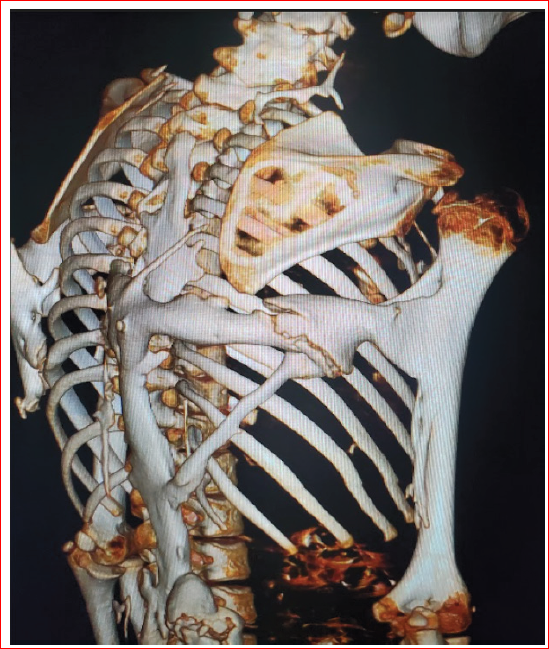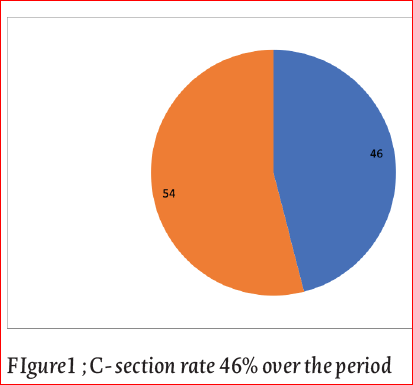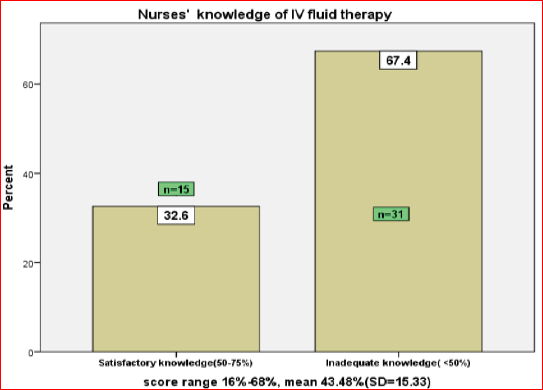Internal Medicine, Surgery
Indication and outcome of Simple Prostatectomy- Multicenter Review
Ayun K Cassell1, Solomane Konneh1, Bashir Yunusa2, Siaffa Sando1, Soeghen Willie1, Charlie Kimpesa1, Lawrence Sherman1, Peter Coleman1
1Department of Surgery, John F. Kennedy Medical Center, Monrovia 100010, Liberia
2Department of Surgery, Bayero University, Kano/Aminu Kano Teaching Hospital, Kano PMB 3011, Nigeria
Correspondence: Ayun Cassell, Urology Division, Department of Surgery, John F. Kennedy Medical Center, Monrovia, Liberia Tel: 231886820492; Email: ayuncasselliii@gmail.com
Published At January 11, 2025 | ISSN 2521-5124
Abstract
Background: Open prostatectomy for the surgical management of benign prostate hyperplasia (BPH) is now rarely used in most developed countries except for large prostates. However, in resource limited countries, open prostatectomy remains the main mode of surgical management of benign prostate hyperplasia irrespective of the prostate size. Surgical treatment is reserved for refractory cases, as well as cases involving recurrent urinary retention, recurrent urinary tract infection, recurrent hematuria, bladder calculi or upper urinary tract involvement. The study highlights the surgical management of BPH using open simple prostatectomy with emphasis on indication and outcome.
Methods: This is a 5-year retrospective descriptive study performed at the 2 Referral Hospitals from 2018 to 2023.
Results: 60 patients were reviewed following simple prostatectomy. The age range was 55 years to 78 years with a mean age was 65.1 years. The mean preoperative hemoglobin was 11.6 g/dl. The age range was 55 years to 78 years with a mean age was 65.1 years. The mean preoperative hemoglobin was 11.6 g/dl. The perioperative transfusion rate was 27/60 (45%). BPH and Chronic urinary retention was the commonest indication for surgery which was 16/60 (26.6%) of all cases. About 45/60 (75.0%) of the procedures were performed through the transvesical approach. Systemic hypertension 31/60 (51.7%) was the commonest comorbidity. The data showed a strong correlation between patients with indwelling catheter before surgery and surgical site infection 9/13 (69.2%).
Conclusion: In the absence of endourological procedures, simple prostatectomy is broadly performed for all sizes of prostate. The postoperative morbidity is high, but the outcome is acceptable.
To continue reading, subscribe today with our introductory offers
View introductory offers- No commitment, cancel anytime*
- Cancel anytime within 14 days of payment to receive a refund on unserved issues.
- Inclusive of applicable taxes (VAT)
Existing subscribers
Sign in to your accountSearch Keywords
Benign, Prostate, Prostatectomy, Surgery, Urinary Retention
Supplementary Material
Indication and outcome of Simple Prostatectomy- Multicenter Review ( Indication and outcome of Simple Prostatectomy- Multicenter Review_2025-01-03_17-47-07.pdf )






